I am making a circuit to interface my MCU with a DALI bus. My basic circuit works and I am able to communicate on DALI bus. It looks like this:
I fully understand the above circuit.
After my base circuit was done, I found out that DALI bus should be protected against accidental 220 VAC connection on the DALI bus. I have no clue how to proceed on this. I found a document online which gives this circuit but doesn't explain anything about it:
Can you please help me understand how this circuit works in following conditions:
a) What happens when a data packet is received on the bus in working voltage range (16 V typical)?
b) What happens when the MCU tries to send a data packet in working voltage range (16 V typical)?
c) What changes when there is 220 VAC on DALI bus? How does this circuit work to prevent a failure in this situation?
Thanks

